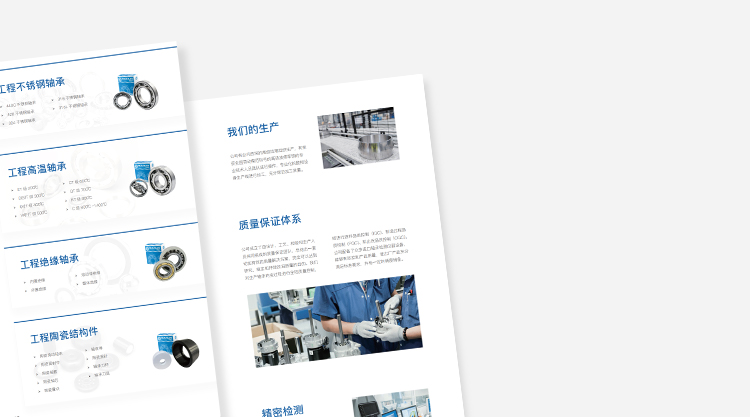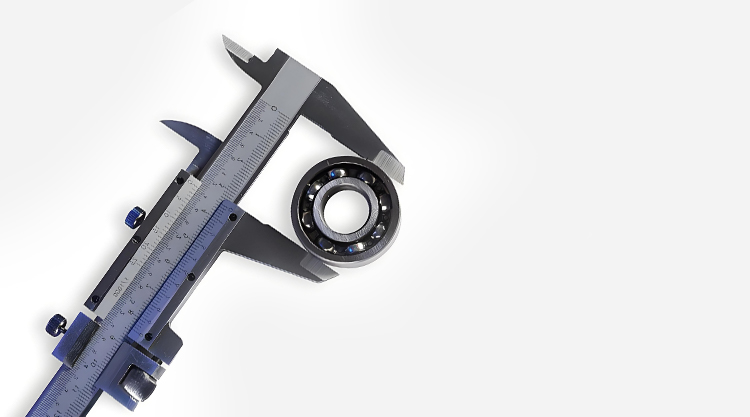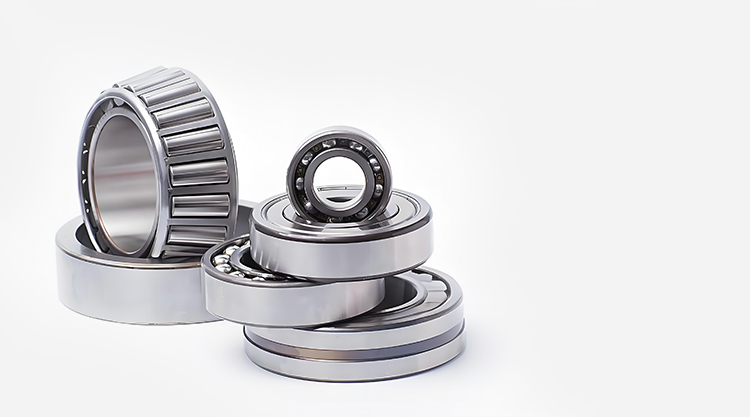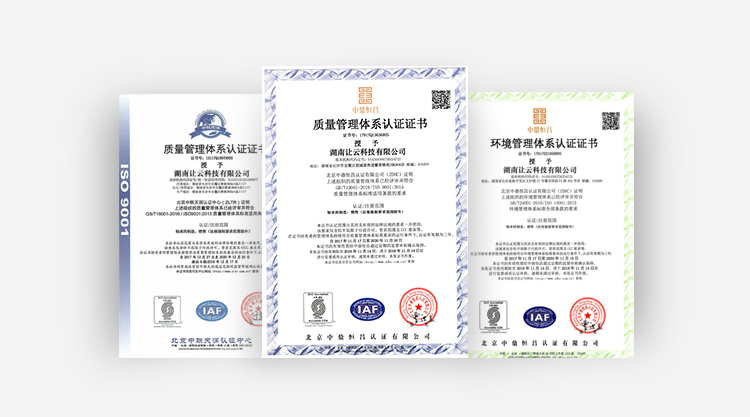How to Select Bearings for Semiconductor Equipment in HF Acid Environments?
In semiconductor manufacturing processes, hydrofluoric acid (HF acid) is widely used in critical steps such as wafer cleaning and etching. Although HF acid is considered a "weak acid," its chemical activity is extremely strong. It can corrode glass and metals, and even cause serious harm to the human body. For semiconductor equipment bearings that operate continuously, the HF acid environment presents a highly challenging condition. If the bearing material is not properly selected, it will not only shorten its lifespan but may also lead to equipment downtime and process contamination, causing significant losses.
So, how should bearings be selected in an HF acid environment?
I. Corrosion Risks of HF Acid Environments for Bearings
Hydrofluoric acid has strong corrosive properties. Ordinary steel bearings (including stainless steel) are prone to pitting and intergranular corrosion in HF acid. As the corrosion worsens, the rotational performance of the bearing will significantly decline, and even result in failure. For semiconductor equipment, this not only affects process precision but can also lead to wafer scrap and higher maintenance costs.
II. Bearing Materials Suitable for HF Acid Conditions
| Silicon Carbide Ceramic Bearings (SiC) | Silicon carbide is a high-strength, stable covalent ceramic material with outstanding acid and alkali resistance, making it particularly suitable for highly corrosive conditions such as HF acid. At the same time, it also has high-temperature and wear resistance, which can meet the demanding requirements of semiconductor cleaning and etching environments. |
|---|---|
| Silicon Nitride Ceramic Bearings (Si₃N₄) | Compared with silicon carbide, silicon nitride has greater toughness and impact resistance, but its corrosion resistance to HF acid is slightly weaker. It is more suitable for environments with alternating or composite acid-base corrosion. |
| Engineering Plastics and Polymer Composite Bearings | Materials such as PTFE and PEEK offer good chemical stability and can be used under low-load, low-speed conditions. However, in high-precision and high-speed semiconductor equipment, they are more often considered as auxiliary options. |
III. Bearing Selection Recommendations for HF Acid Environments
| Give Priority to All-Ceramic Bearings | (Especially SiC material) to avoid direct contact between metal parts and the acid solution. |
|---|---|
| Choose the Lubrication Method Carefully | In highly corrosive environments, dry operation or chemically resistant lubricants can be used. |
| Optimize the Sealing Structure | Use corrosion-resistant seals to prevent HF acid from penetrating into the bearing. |
| Optimize Selection Based on Conditions | For high-temperature and heavy-load conditions, use high-temperature resistant or special material bearings. |
| Comprehensive Evaluation | Match appropriate precision grades and clearances according to speed, temperature, and load. |
IV. Practical Application Cases in the Semiconductor Industry
At present, some semiconductor cleaning and etching equipment manufacturers have already begun to use silicon carbide ceramic bearings in HF acid processes and have achieved good corrosion resistance results. Industry experience shows that under the same corrosive conditions, the service life of ceramic bearings is often significantly better than that of metal bearings. This trend is gradually being promoted, but has not yet been widely adopted across the industry.
In HF acid environments, the selection of semiconductor equipment bearings is particularly critical. Compared with traditional metal bearings, silicon carbide ceramic bearings, with their excellent corrosion resistance, high-temperature resistance, and wear resistance, have become the preferred solution for semiconductor cleaning and etching equipment. Through proper bearing selection, companies can not only extend equipment service life but also reduce maintenance costs and improve production stability.
-
16 2025.09Analysis of Zinc-Free Copper Bearings
Why Choose Zinc-Free Bearings? Under What Conditions Must Zinc-Free Bearings Be Strictly Used? This article will provide an in-depth analysis based on real-world application scenarios.
-
16 2025.09What causes excessive temperatures during bearing operation?
This article will analyze the causes of excessive bearing operating temperatures from multiple perspectives based on practical applications, and provide corresponding solutions to help engineers and e
-
16 2025.09Angular Contact Bearings: Structural Features, Application Scenarios
In industrial equipment, angular contact bearings are a common type of high-precision bearing widely used in machine tool spindles, motors, pumps, compressors, and aerospace applications.
-
16 2025.09Do new bearings require grease? A Comprehensive Guide to Bearing Lubrication and Main
This article will comprehensively analyze whether new bearings require grease lubrication and provide lubrication considerations for different operating conditions, based on practical applications.




